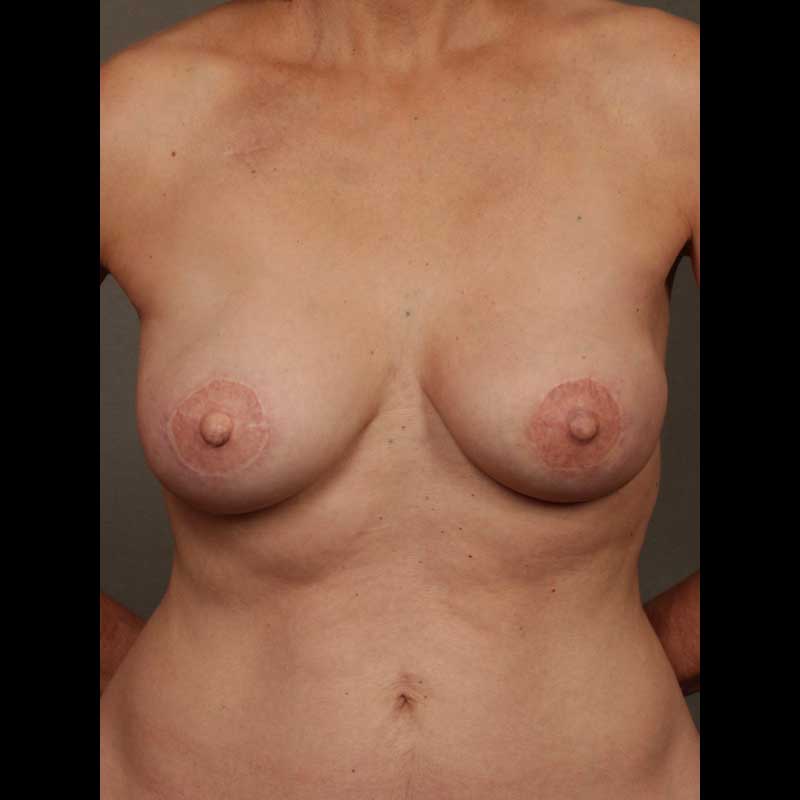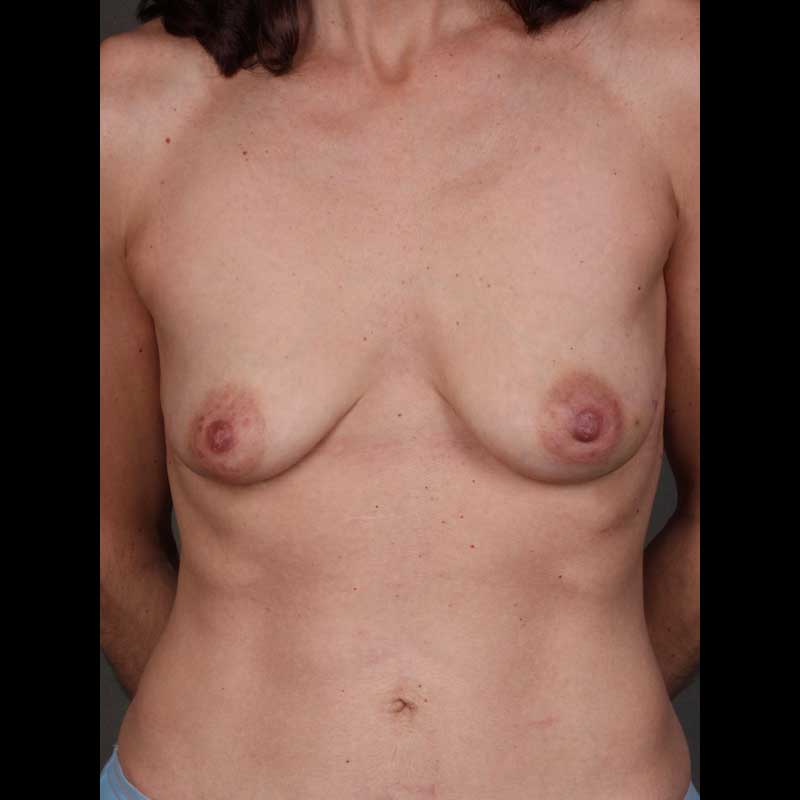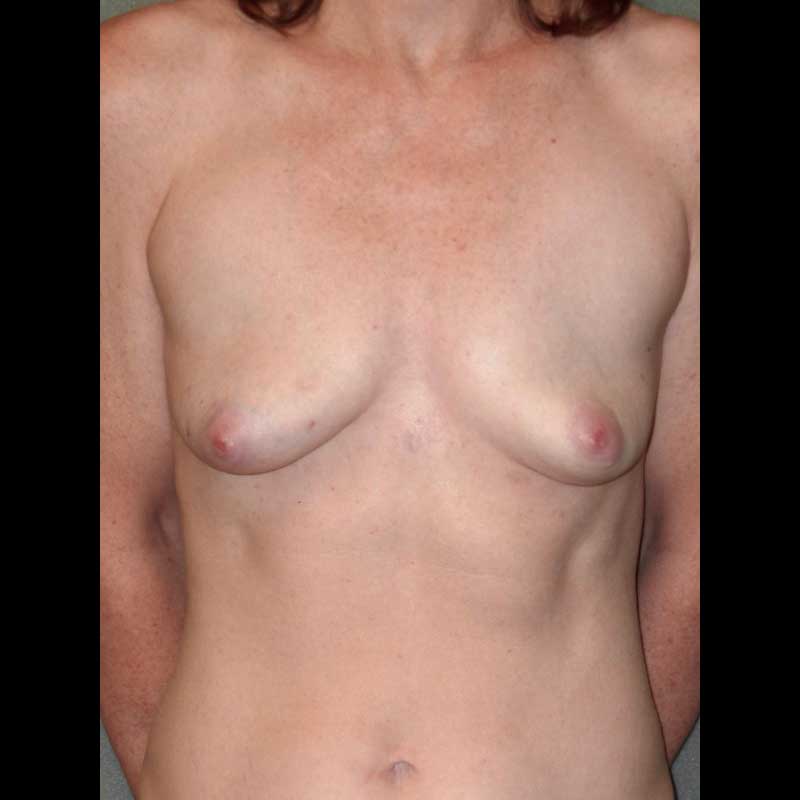Summary
The most common type of natural-tissue breast reconstruction involves the transfer of skin and fat from the lower abdomen. However, the TUG flap or PAP flap can be a better choice for women who lack adequate abdominal tissue or for those who have previously undergone abdominal surgery.
With these flaps, the soft fatty tissue of the inner thigh is transplanted to the chest. Using an operating microscope, the blood supply to the flap is attached to vessels on the chest wall. The tissue is then used to create a natural-looking breast shape.
Using an approach pioneered by a surgeon at NYBRA Plastic Surgery, our surgeons elevate this flap with a fleur-de-lis pattern through a vertical incision on the inner thigh as well as a transverse incision just below the groin and buttock crease. Once the TUG or PAP flap has been transferred, the incisions on the inner thigh are closed with an effect similar to that of a thigh lift.
Types of procedures
- TUG flap: A portion of the gracilis muscle is included to carry the blood supply of the upper inner thigh tissue when this flap is used.
- PAP flap: If large enough perforator blood vessels are available, this flap allows transfer of the upper inner thigh tissue without removing the gracilis muscle.
Procedure details
- Fleur-de-lis pattern of skin and fat is removed as a flap from the upper inner thigh
- Flap is transplanted to the chest where flap blood vessels are connected using microsurgery techniques
- Breast shape is created using the transplanted flap tissue
- After flap transfer, incisions in the thigh are closed, much like a thigh lift
Risks & Benefits
Since these flaps are microsurgical free flaps, there is a risk of problems with flap blood supply after surgery. While this risk is very small, should problems with blood supply arise, additional surgery may be needed to complete the breast reconstruction.
Our team of plastic surgeons routinely perform TUG flap and PAP flap breast reconstruction procedures with a risk of flap loss of less than one percent. After surgery, we carefully monitor flap blood supply and use Enhanced Recovery After Surgery (ERAS) protocols for all of our patients.
The primary advantage of this approach is that it provides a warm and soft breast reconstruction from living tissue, while avoiding the need for a breast implant. In addition, many patients are happy with the flatter contour of their inner thighs.
Frequently Asked Questions
How do I decide if I should have a TUG flap or a PAP flap?
Whether the inner thigh flap is done as a TUG flap or a PAP flap depends on the blood vessels that are available. A preoperative CT angiogram may help, but the decision as to which flap is best is frequently made during surgery.





